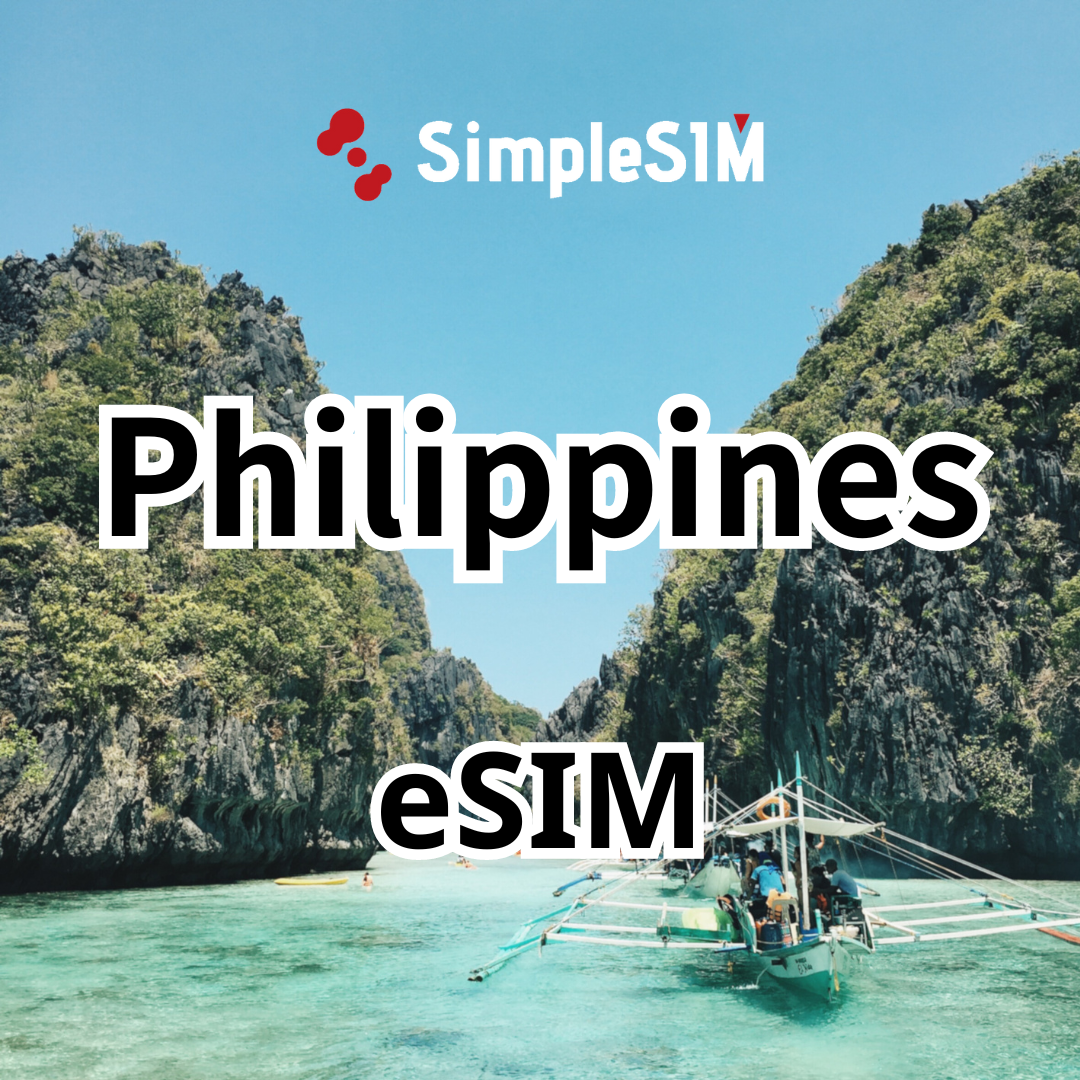
The Philippines is a dream destination for divers, boasting some of the world’s most diverse marine ecosystems. From Palawan’s crystal-clear waters to Cebu’s vibrant coral reefs, the country offers an unmatched underwater experience. However, diving requires careful planning, knowledge of safety tools, and access to real-time information. This is where technology plays a crucial role.
Using marine apps and eSIM for Philippines travel ensures a seamless diving experience by providing connectivity, safety alerts, and real-time weather updates. Let’s explore how to make your diving adventure safe and hassle-free.
Best Diving Spots in the Philippines
The Philippines has over 7,000 islands, each offering unique diving experiences. Some of the must-visit diving spots include:
- Tubbataha Reefs Natural Park – A UNESCO World Heritage Site with untouched reefs and abundant marine life.
- Apo Reef – One of the largest coral reef systems in the country, known for its incredible biodiversity.
- Malapascua Island – Famous for its thresher shark encounters, attracting divers worldwide.
- Anilao, Batangas – Ideal for macro photography enthusiasts due to its rich marine biodiversity.
- Balicasag Island offers exceptional coral formations, sea turtles, and schools of jackfish. Diving in these locations allows divers to witness extraordinary marine life, but safety measures and reliable connectivity are essential for an uninterrupted experience.
Essential Marine Apps for Divers
Diving safely and efficiently requires access to information about tides, currents, and marine biodiversity. The following apps help enhance the diving experience:
- DiveMate – A digital dive logbook that allows divers to record depth, duration, and safety stops.
- Tides Near Me – Provides real-time tide information, essential for planning safe dive sessions.
- Marine Debris Tracker – Encourages divers to log and report ocean debris to help with conservation efforts.
- SeaConditions – Offers up-to-date weather and ocean condition reports to ensure safer dives. An eSIM ensures continuous access to these apps, allowing divers to receive real-time updates and essential safety alerts.
Safety Tools Every Diver Needs
Before heading into the water, divers must equip themselves with the necessary safety tools. These include:
- Surface Marker Buoy (SMB) – Essential for signaling boat crews and preventing drift during ascent.
- Dive Computer – Helps track depth, bottom time, and decompression stops for a safer dive.
- Emergency Whistle and Signal Mirror – Useful for catching attention in emergencies.
- Waterproof Dive Slate – Enables underwater communication with dive buddies.
- GPS-Enabled Marine Radio – Crucial for offshore dives with weak mobile signals. With an eSIM, divers can stay connected with emergency services and fellow divers, ensuring quick assistance.
Best Seasons for Diving in the Philippines
The Philippines offers excellent diving opportunities year-round, but the best time to go depends on weather conditions and marine life activity. From December to May, the dry season is ideal for diving as it provides the best visibility and calm seas, making all dive locations accessible. The rainy season can affect visibility from June to November, though some dive sites remain open despite occasional typhoons.
March to May is the peak tourist season, so securing dive bookings early is advisable. For those eager to witness thresher sharks, the best time to visit Malapascua Island is between November and February. Understanding these seasonal variations ensures divers experience the best conditions and maximize their underwater adventures.
How to Stay Connected Underwater?
Diving may take you to remote locations where connectivity is limited. However, with advancements in technology, staying connected has become easier:
- Underwater GPS Trackers – Helps divers track their movements and locate dive buddies.
- Satellite Communication Devices – Provides connectivity even in the most isolated diving spots.
- Waterproof Smartwatches allow divers to track dive logs and receive alerts. An eSIM for Philippines travel ensures that divers can stay in touch with their dive teams, access emergency services, and receive real-time updates, making their experience safe and convenient.
Booking Dive Tours and Training Online
Many diving centers in the Philippines provide online booking services for training sessions, dive tours, and certification courses, allowing travelers to plan their diving experiences easily. An eSIM ensures seamless connectivity, enabling divers to browse available dive packages, compare prices, and secure reservations in advance, avoiding last-minute inconveniences.
It also allows access to virtual dive training programs, helping divers prepare before they arrive. Additionally, staying connected makes it easier to communicate with dive instructors for personalized sessions and updates. Reliable internet access simplifies the process, ensuring a well-organized, hassle-free diving adventure.
Conclusion
Diving in the Philippines is a once-in-a-lifetime experience, but it requires preparation, safety awareness, and real-time access to information. Technology plays a key role in enhancing the overall experience, from using marine apps to booking dive tours online.
Investing in an eSIM for Philippines travel ensures divers stay connected, navigate safely, and enjoy seamless communication while exploring the deep blue waters. With the right tools and knowledge, divers can maximize their underwater adventures while prioritizing safety and sustainability.
